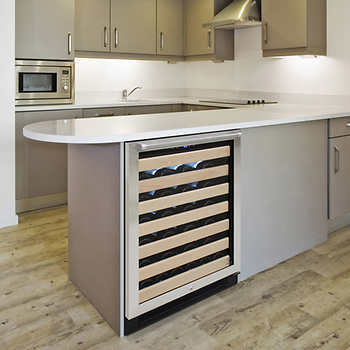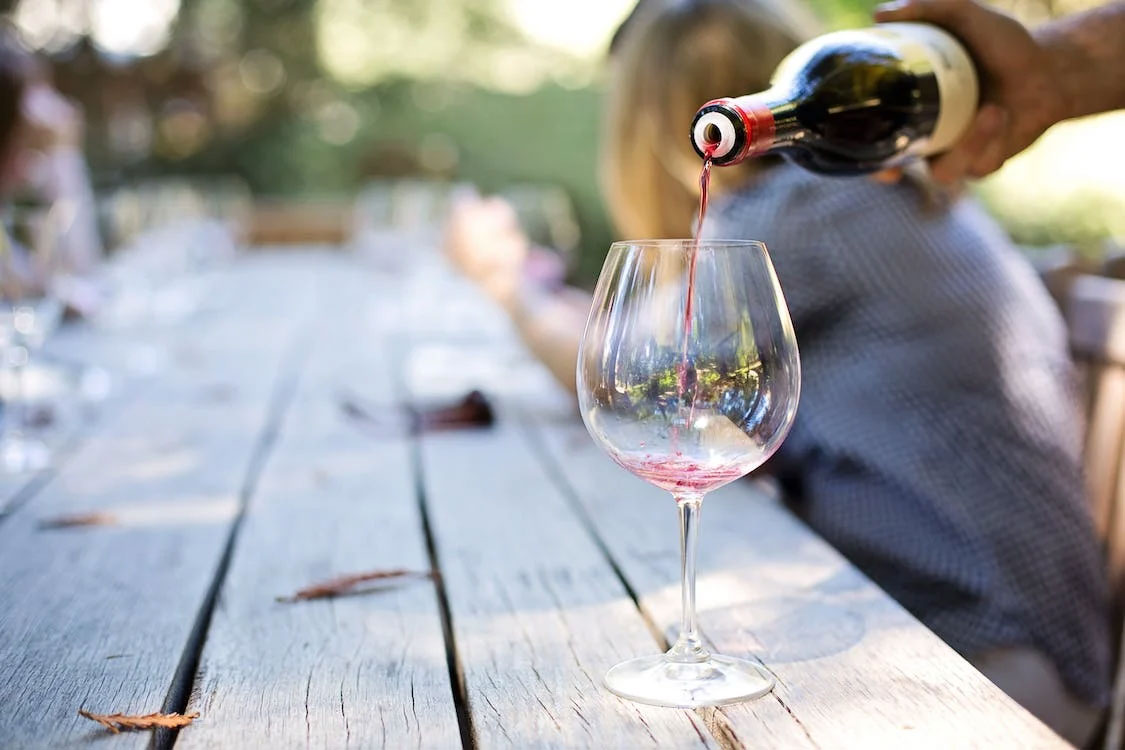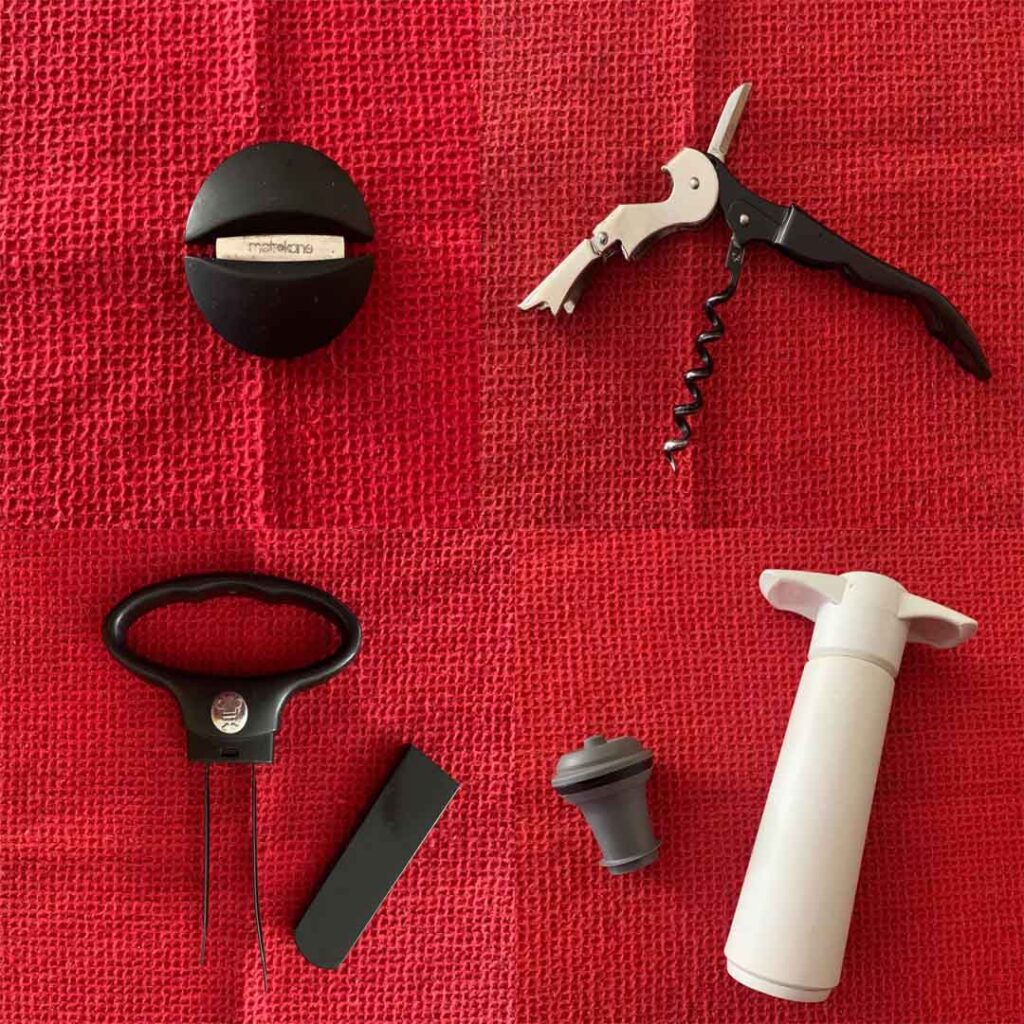For years, where to store my wine was never a problem, because this Winegirl drank her wine the minute she got it. But I have learned that there are many reasons to buy more wine than I can drink in a week/weekend:
- I don’t want to have to hunt through shops for a wine that I wish I had just bought more of when I could
- Wineries will often waive tasting fees if you buy their wine
- and because buying “in bulk” can often mean additional savings. Grocery stores and wine shops may have discounts for additional wine (such as buy 4, get 10% off), and some wineries will have deals on multiple bottles or cases (12 bottles), usually of wine they need to move out to make room for the next harvest.
Where To Store Wine
You want to store your wine in a place where the humidity is not too high or too low, which can damage the corks and spoil the wine with either mold or air. You also want a spot where the temperature stays 68 degrees or cooler, doesn’t fluctuate much, where sunlight won’t reach it, where there are minimal vibrations and movement to stir up the wine and damage it. In most homes, the best spot that meets all these criteria is in a closet, preferably under a staircase (depending on the foot traffic and stability). Granted, this is not the most “showy” place for your new wine collection, but the love of wine is not about showing off. It’s about getting good vino, keeping your wines in good shape in the short term, and allowing them to “lay down” and bottle age nicely in the long term.
Wine Fridges
There are lots of nice home wine fridge units on the market, all designed to maintain humidity (so your corks don’t shrink) and keep wine at an optimal temperature that you can adjust: around 65 degrees for most reds, cooler if you are storing whites or light reds like Rose’s, Beaujolais, etc. Look for units with two or more temperature zones to accommodate reds and whites.
There are even businesses that store wine in high-security, temperature-controlled environments 24 hours a day.

Another option for those of us who just don’t have the money for fancy options, the best recommendation I’ve heard time and again from many wineries is to store your wine on racks under a staircase, or in some other cool dark place that won’t have a lot of temperature change.
How to Lay Bottles
On their side, never standing up. You want to keep the wine in constant contact with the cork. The cork is like a wooden sponge. If it gets dry, it will shrink, air will enter the bottle, and in a year you will have vinegar. So, keeping the bottle on its side keeps the cork wet so it fully closes the bottle. Also, helpful for good cork health is to maintain a healthy humidity level in the house (and it benefits your sinuses — is there no end to the connections between wine and good health?)
How Long to Store?
Many store-bought, mass-produced wines are not made to age well, and even those bought at fine wineries are made to drink now, not to age. It varies by individual wine, how long it was aged with oak and other characteristics of that particular wine. Your best bet is to ask the winery for how long they recommend a wine be stored or “laid down” until it is optimal to drink.
Tip: For those wines that need to lay down a few years, place a label across the bottoms of the wine bottles, with the recommended opening date/year.



